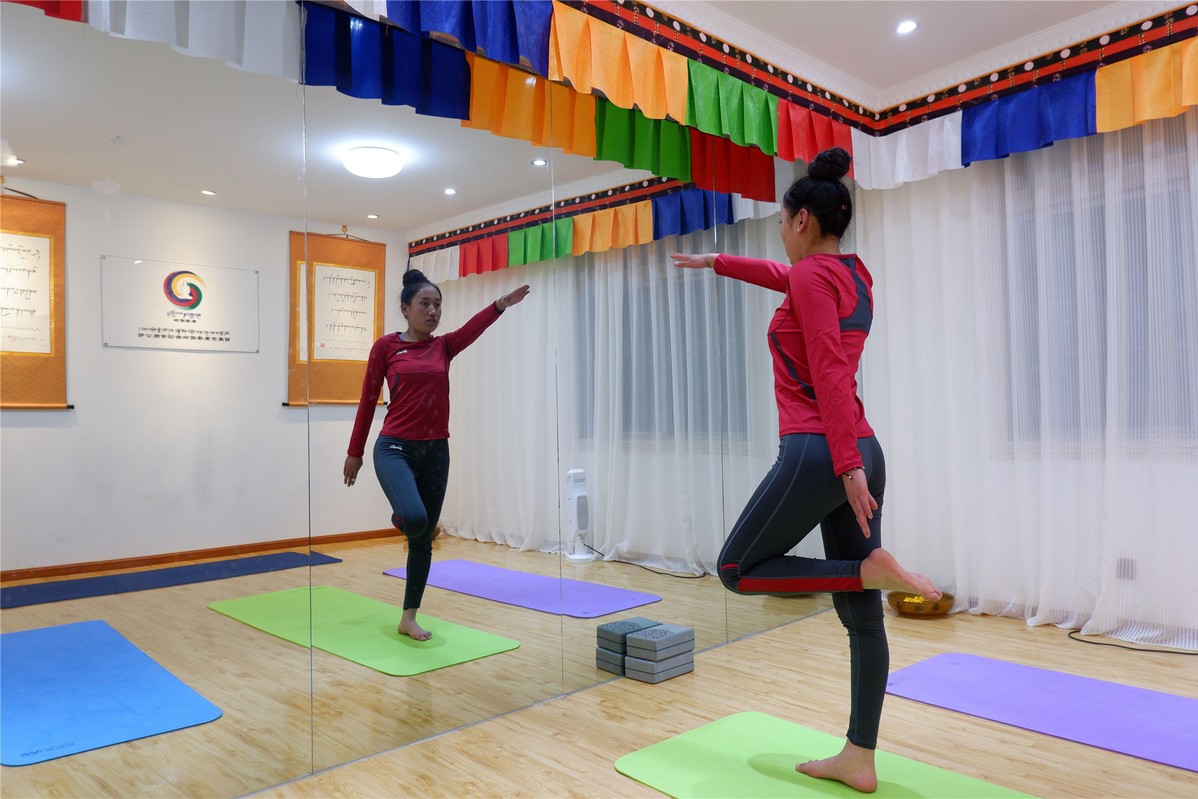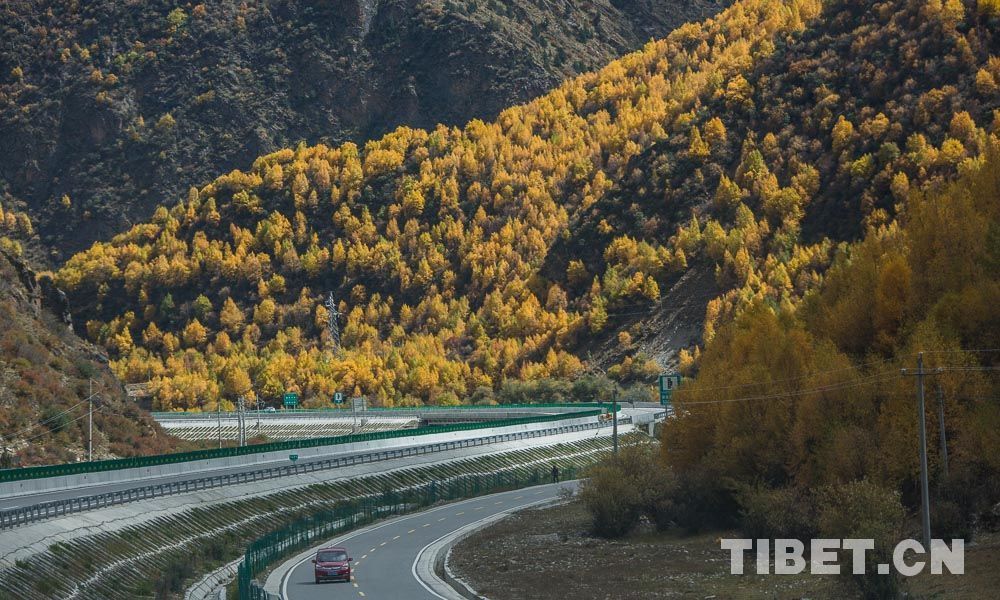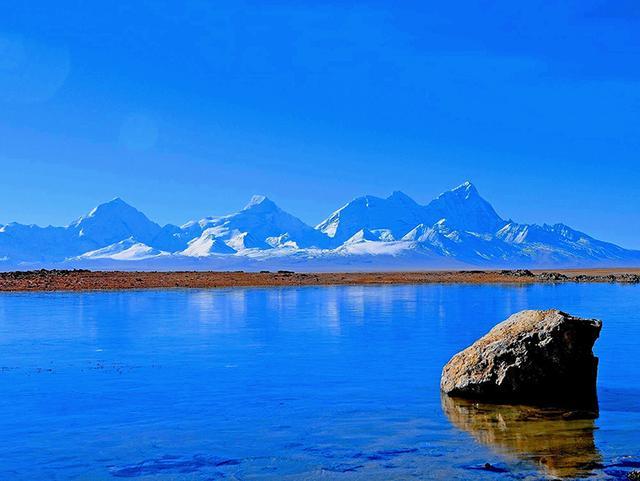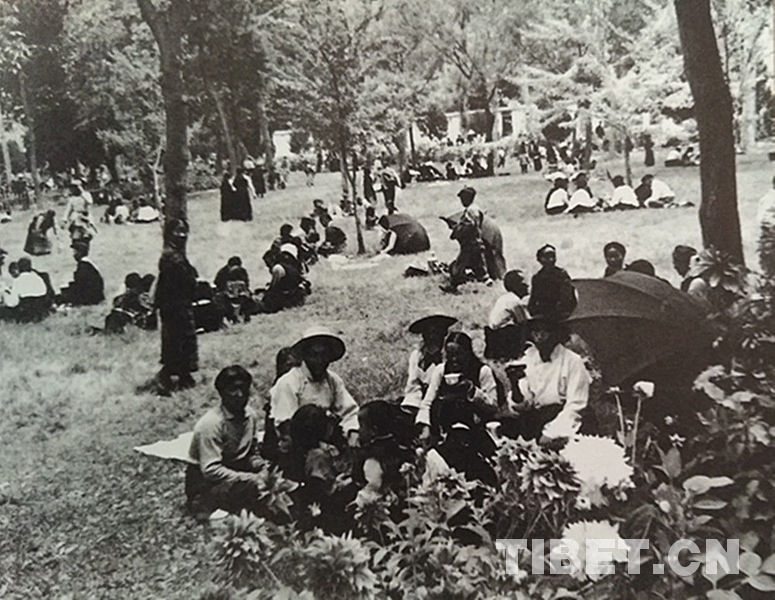Should You Visit Lake Manasarovar or Lake Namtso?
Lake Namtso and Lake Manasarovar lie on the Tibetan plateau, at altitudes that exceed 4,500 meters above sea level. Two of the Great Three Sacred Lakes of Tibet, they lie at opposite ends of the plateau, and are both well worth visiting as part of a longer tour of Tibet. However, if you only have the time or the budget to include one of these amazing high-altitude lakes in your tour, which one should you choose? This can be a hard choice, since they are both excellent opportunities to get close up and personal with the religious significance of lakes in Tibetan Buddhism. However, our expert travel consultants can help you make the right choice for your type of Tibet tours, or even convince you that you should go to both.
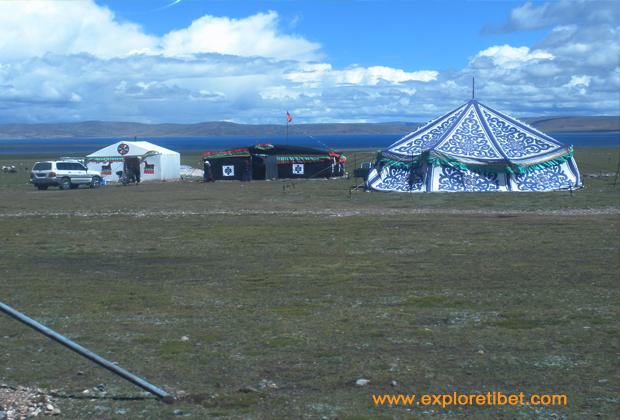
Camping near the Namtso Lake
Introducing These Two Sacred Lakes
While both of these sacred lakes are worth visiting, there are some differences between the two experiences. Altitudes do not differ as much as you might think, but the cultural and religious aspects of the two lakes are very different. While Lake Namtso is a predominantly Buddhist site, with some affiliations to the ancient Bon religion, Lake Manasarovar is held sacred in four religions, the main ones being Buddhism and Hinduism.
Both lakes are set with Buddhist monasteries, though there are five at Lake Manasarovar, with only one at Lake Namtso. And the options for accommodation differ as well, with the option of staying at Damxung Town for the better hotels when visiting Lake Namtso. You also have the opportunity to visit some of the local Tibetan nomads at Lake Namtso, who graze their herds along the shores of the lake on the famed Changtang Grasslands. Lake Namtso also has a shorter visiting season than Manasarovar, as it lies to the north of Lhasa, in a high-altitude and remote area of Tibet that can get colder earlier in the year.
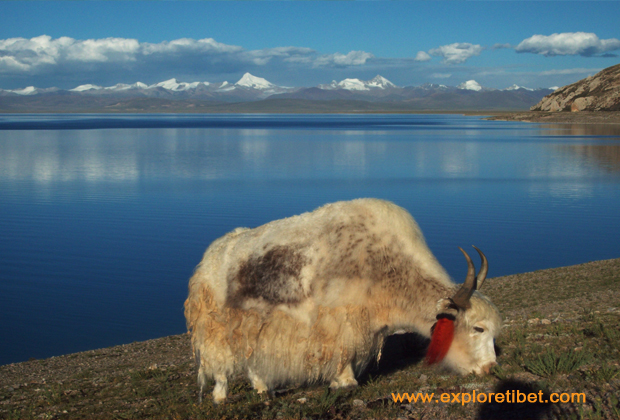
Namtso Lake
For those on a Tight Schedule, go for Namtso Lake
Highlights of Lake Namtso
If it is your first time to visit Tibet, then Lake Namtso in Damxung County is one of the best options for taking a tour of one of the two lakes. Closer to Lhasa than Lake Manasarovar, it can be visited on a shorter tour as you can travel there and back, and experience the lake, in just two days. This means that the visit lake can be done properly as part of a six-day tour of Tibet, including Lhasa.
The trip to Lake Namtso is one of amazing experiences and outstanding scenery. Lying on the northwestern edge of the Nyenchen Tanglha Mountains, bordering the famous Changtang Grasslands, the scenery of this lakeshore is absolutely stunning throughout the year. An ideal place for photographers, the beauty of the "Heavenly Lake" as it is known is legendary. You also have the opportunity to visit the Tashi Dor Island, home of the Tashi Dor Monastery, one of the more remote temples in Lhasa City.
Side Trips You Should Never Miss
The drive to Lake Namtso is not the only attraction in this region of Tibet. As well as being able to stop and view the tents and herds of the Tibetan nomads that live around the shores, you also have several options for stops on the route from Lhasa to Damxung. On the return journey from Lake Namtso, you can stop to visit and relax in the calming hot springs at Yangpachen, and stop at the Chimelong Nunnery, a small and peaceful nunnery to see how the nuns study Tibetan Buddhism.
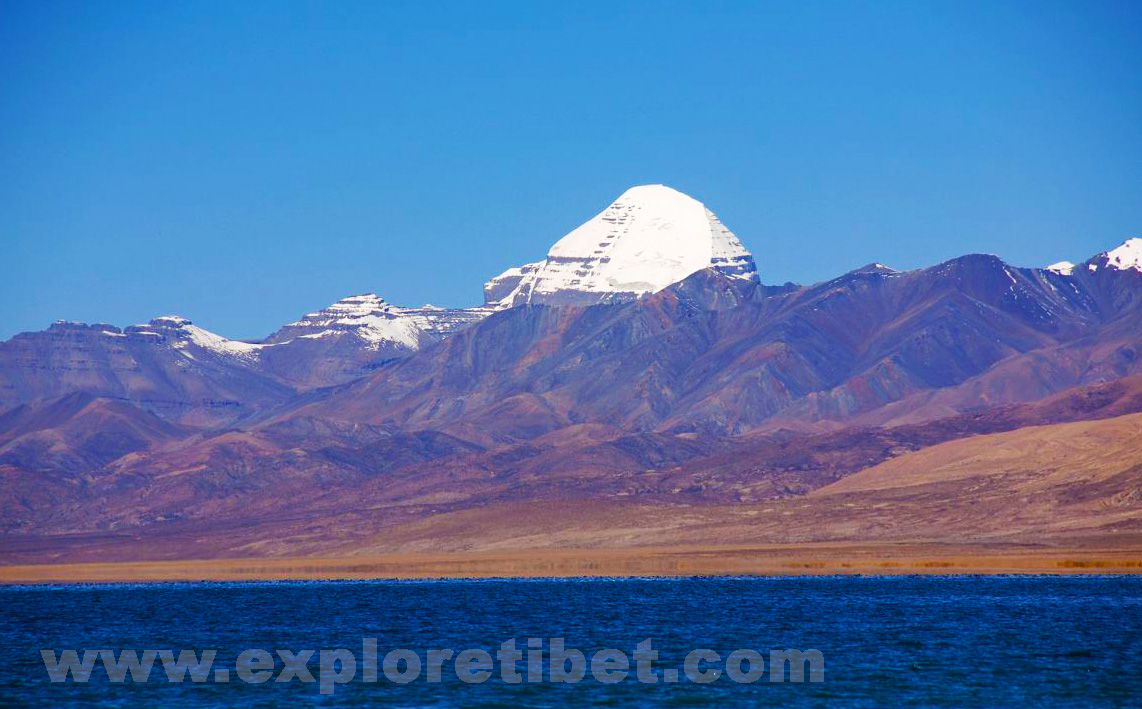
Manasarovar Lake
For those with more time to travel, Lake Manasarovar
Highlights of Lake Manasarovar
For devout Indian pilgrims that are looking to visit Lake Manasarovar as part of their annual pilgrimage, a trip to this beautiful and sacred lake is the trip of a lifetime. Believed to have been created in the mind of Lord Shiva and manifested on earth, the lake has long been a site of pilgrimage from India for Hindu devotees. This beautiful lake is also renowned in Tibetan Buddhism as the location where Maya Devi conceived Buddha himself. Tibetan pilgrims come to worship at the lake and take the kora path around it as a spiritual journey.
Surrounded by the mountains of the Gangdise Range, Lake Manasarovar is set in one of the most unusual scenic locations in Tibet. All around the lake, prayer flags flutter in the breeze, and travelers can visit the famous Chiu Monastery on the northwest corner of the lake. A little further into Burang County, you can stop to view the awesome "peacock" costumes of the local inhabitants and learn their traditions. Or you can go and take a dip in the lake to wash away all your lifetime's sins.
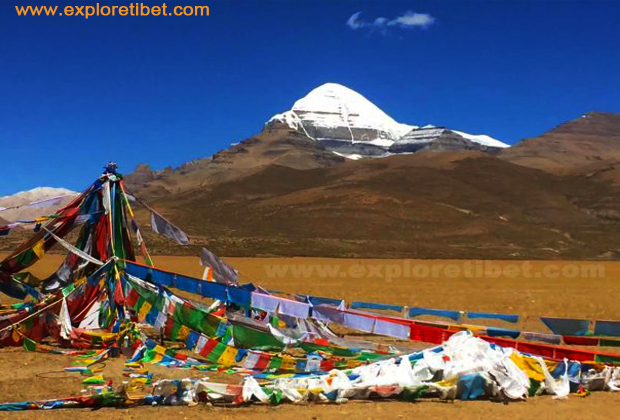
Holy Mt Gang Rinpoche
Side Trips That Are Worth a Visit
As part of a larger tour of Tibet, you can also stop to visit Lake Manasarovar's darker twin, Lake Lannga Co. Lying a short distance to the west of Manasarovar, and joined by a narrow channel that only flows one way, this crescent lake is the yang to Manasarovar's Yin. In Buddhism, Lake Lannga Co has no place at all, as if it did not exist, even in infamy. However, in Hinduism, the lake is believed to have been created by Ravana in his quest for powers as an offering to Lord Shiva, who resides on the nearby Mount Gang Rinpoche.
To the north, lies Mount Gang Rinpoche, the sacred mountain in Hinduism, Buddhism, Bonism, and Jainism. Held to be sacred in these four religions, the mountain is the destination of both Buddhist and Hindu pilgrims, and the kora route around the sacred mountain is the toughest trek in Tibet. For anyone stopping at Lake Manasarovar, a trip to Mount Gang Rinpoche should be in the running. While it may only be a little over 6,000 meters high, Mount Gang Rinpoche is the highest peak of the Gangdise Range, and is unusual in that it is made from a black rock that is not part of the normal landscape here. The mountain is held to be so sacred in these religions that it has never been climbed, and never will be. The last person said to have set foot on the mountain was the ancient Buddhist sage, Milarepa, who fought for control of the sacred mountain with the Bon religious mage, Naro Bon-Chung.
Now it is your choice to take, which type of Trip to Tibet based on your time availability and financial conditions, for detail you can write to us at sales@exploretibet.com and we will here for 24*7 for your services.
Editor: Tommy Tan.
Tibet Stories
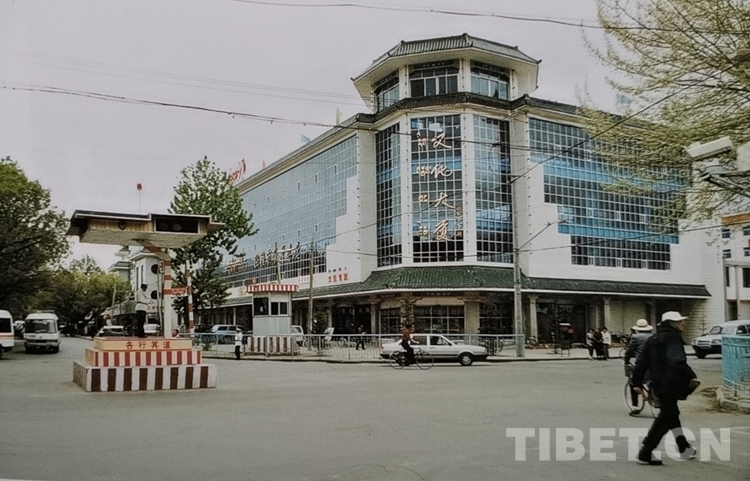
70 Years on: Drawing the newest, most beautiful blueprint on Tibetan Plateau
There have been three construction surges in Tibet in the last century.
Editor’s Choice
- Snow leopard and leopard photographed in Batang, Sichuan Province
- World's highest county included in State Grid electric coverage
- The 7th Beijing International Seminar on Tibetan Studies
- Contributions are welcome from you
- Symposium for anniversaries of China's Tibet magazine and China Tibet Online held


